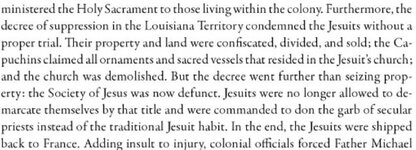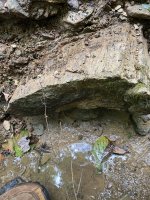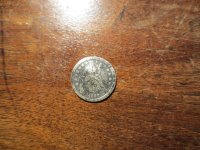gollum
Gold Member
- Jan 2, 2006
- 6,729
- 7,596
- Detector(s) used
- Minelab SD2200D (Modded)/ Whites GMT 24k / Fisher FX-3 / Fisher Gold Bug II / Fisher Gemini / Schiebel MIMID / Falcon MD-20
- Primary Interest:
- All Treasure Hunting
- Thread starter
- #2,941
Yes, namely that the Spanish soldiers would have grabbed anything, like Mike said.
So to say that the King's men were not looking for "ornaments" is not an accurate depiction of what they were up to. They were looking for anything that had value of any kind.
................... and again ........................... they found NOTHING!
Mike















